71+ Sample Inspection Checklists
-
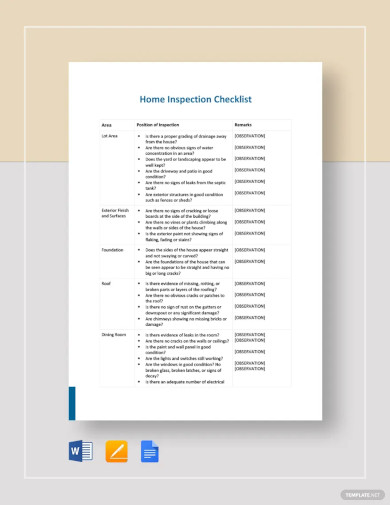
Home Inspection Checklist Template
download now -

Inspection Checklist Template
download now -
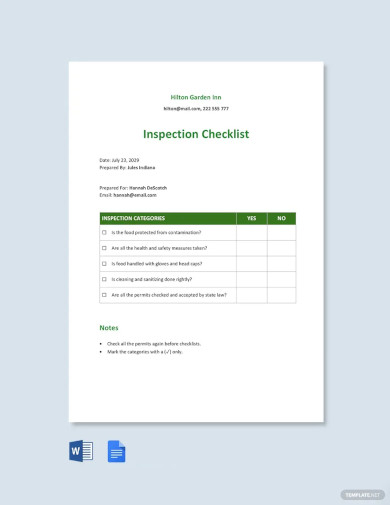
Restaurant Multi-Unit Inspection Checklist Template
download now -
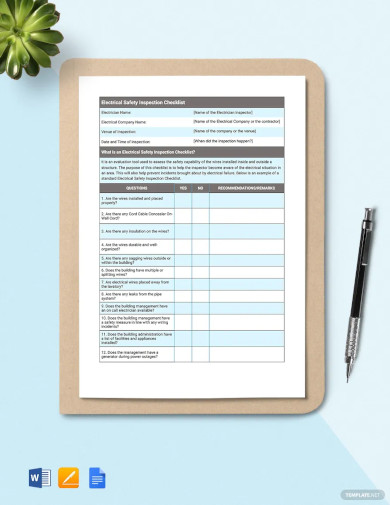
Electrical Safety Inspection Checklist Template
download now -
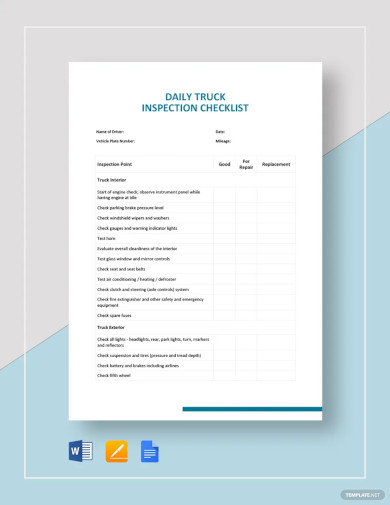
Truck Inspection Checklist Template
download now -
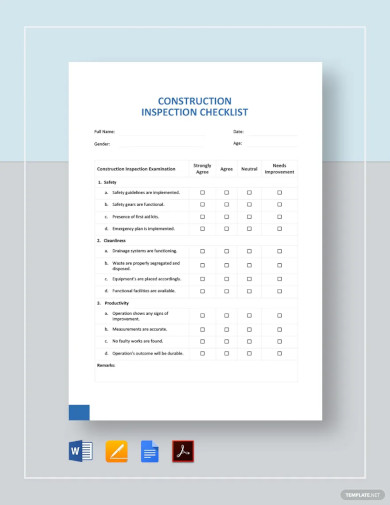
Construction Inspection Checklist Template
download now -
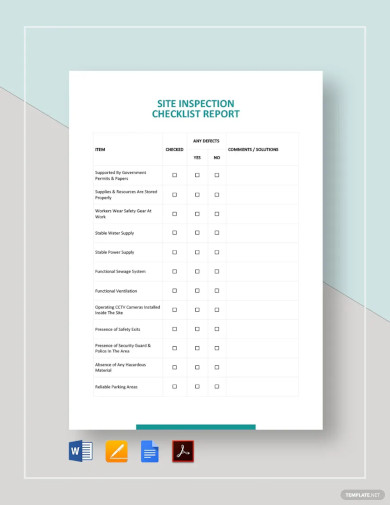
Site Inspection Checklist Template
download now -

Workplace Safety Inspection Checklist Template
download now -
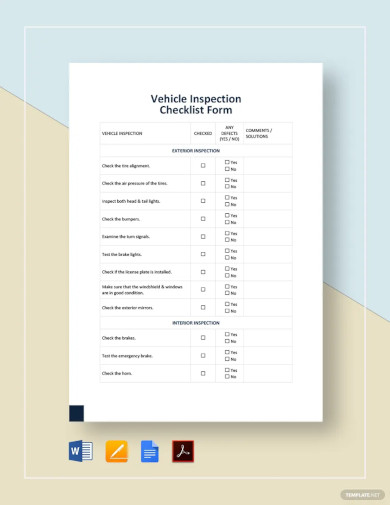
Vehicle Inspection Checklist Form Template
download now -
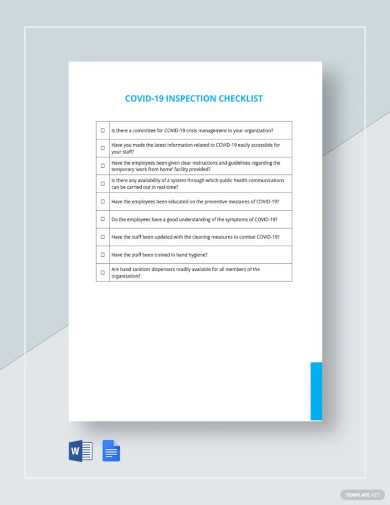
Coronavirus COVID-19 Inspection Checklist Template
download now -
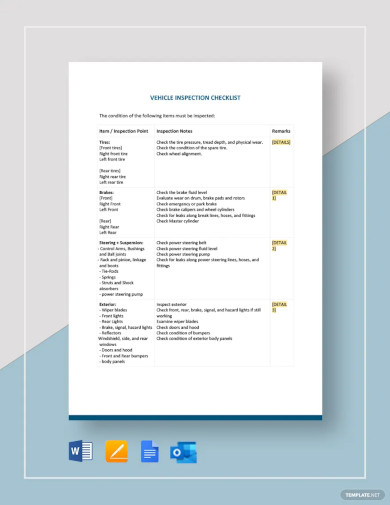
Vehicle Inspection Checklist Template
download now -
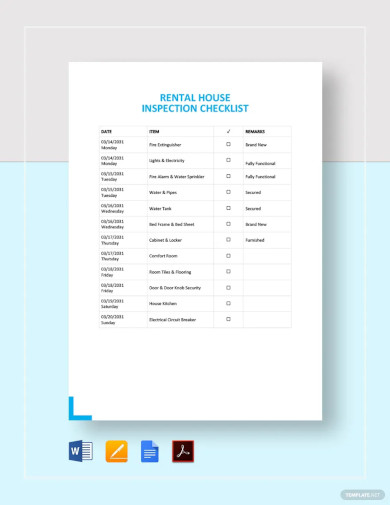
Rental House Inspection Checklist Template
download now -

Weekly Vehicle Inspection Checklist Template
download now -
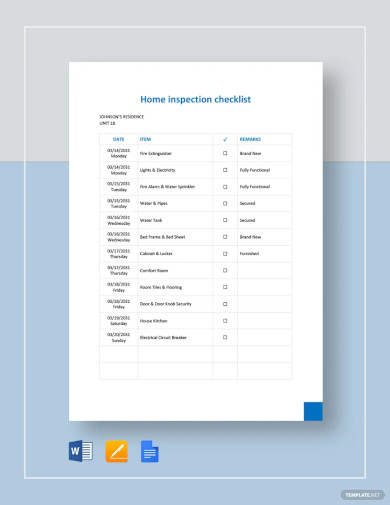
Home Inspection Checklist Form Template
download now -
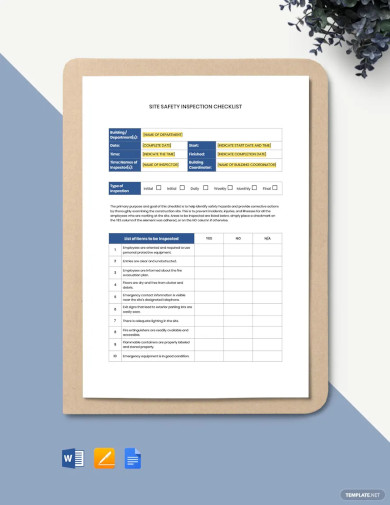
Site Safety Inspection Checklist Template
download now -
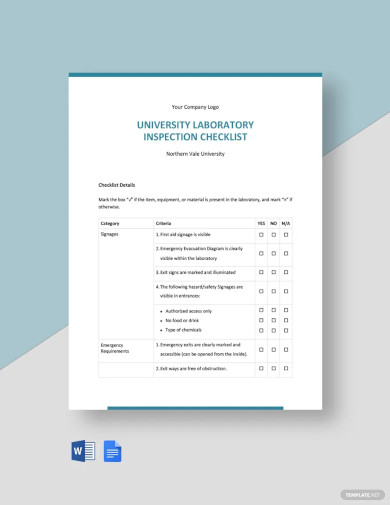
Free University Laboratory Inspection Checklist Template
download now -
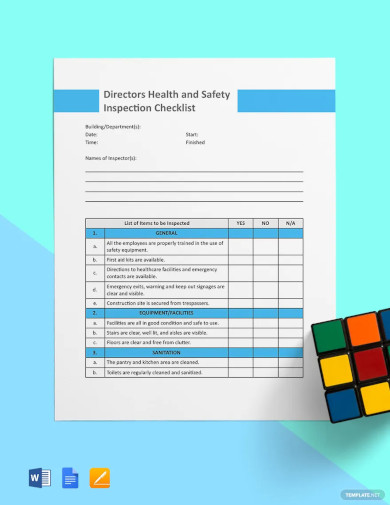
Directors Health and Safety Inspection Template
download now -
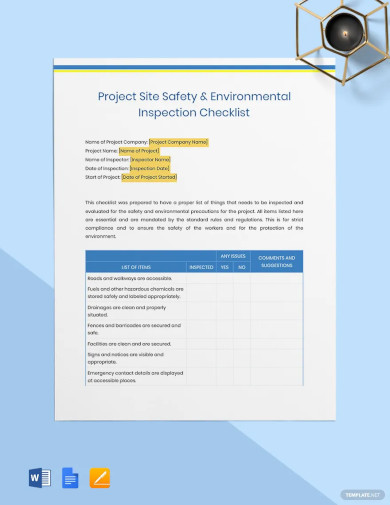
Project Site Safety & Environmental Inspection Template
download now -
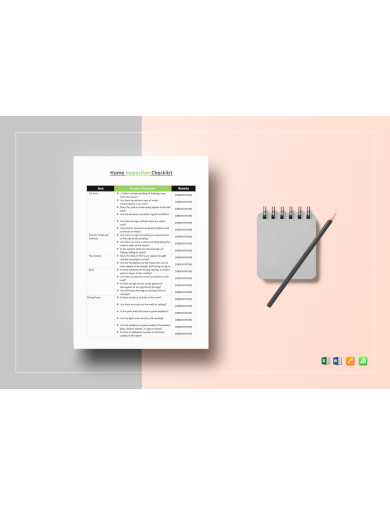
Simple Home Inspection Checklist Template
download now -
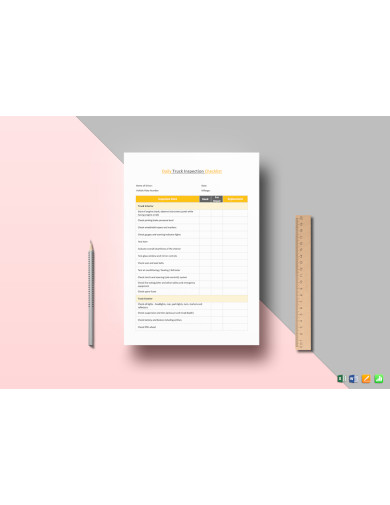
Sample Truck Inspection Checklist Template
download now -
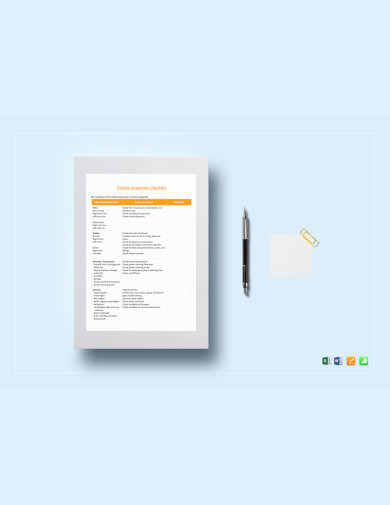
Basic Vehicle Inspection Checklist Template
download now -
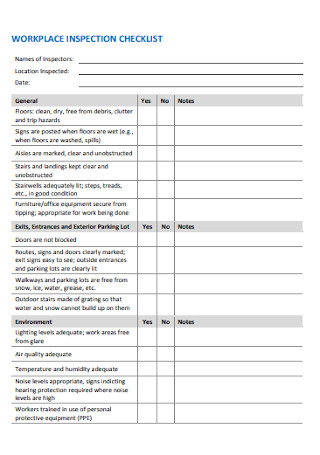
Workplace Inspection Checklist
download now -
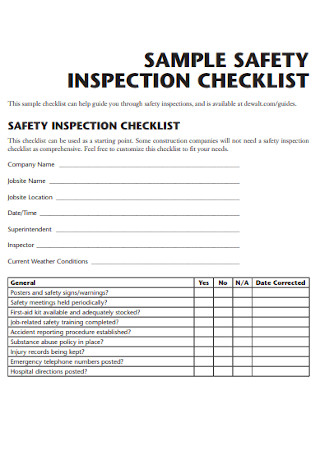
Sample Safety Inspection Checklist
download now -

Electrical Inspection Checklists
download now -
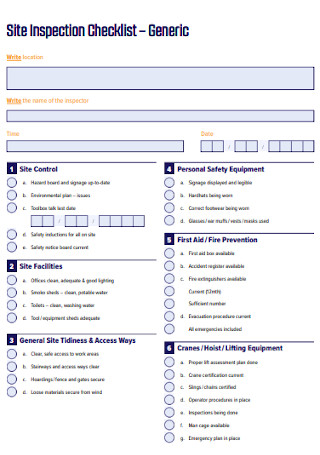
Site Inspection Checklist
download now -
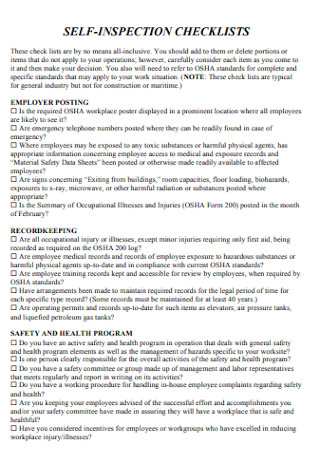
Sample Truck Inspection Checklist
download now -
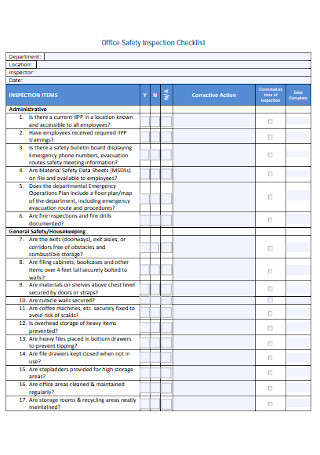
Office Safety Inspection Checklist
download now -
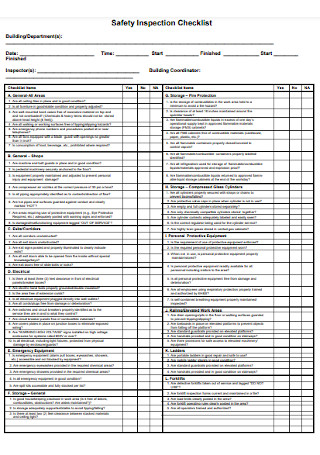
House Safety Inspection Checklist
download now -
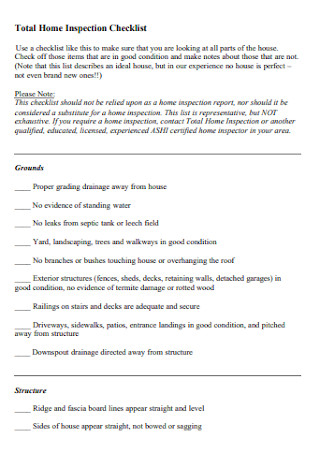
Home Inspection Checklist
download now -
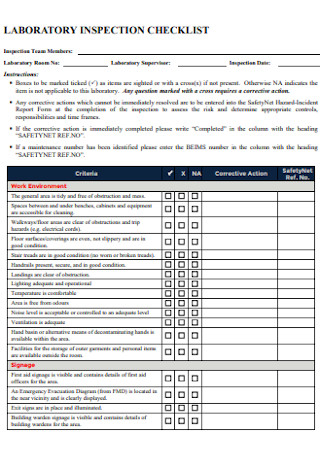
Laboratory Inspection Checklist
download now -
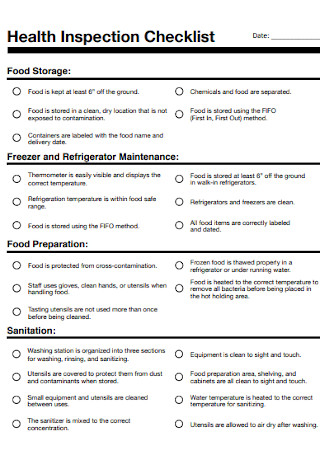
Health Inspection Checklist
download now -
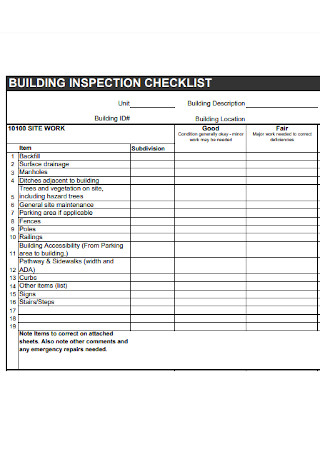
Sample Building Inspection Checklist
download now -
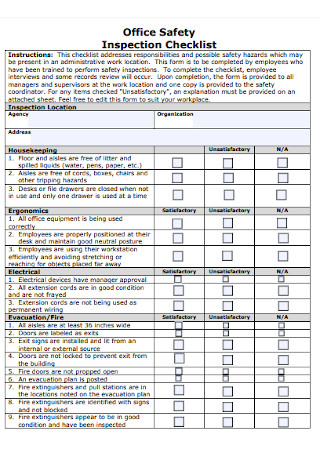
Printable Inspection Checklist
download now -
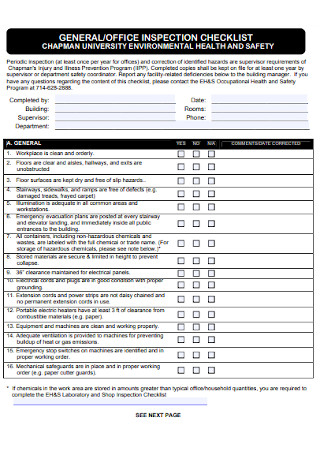
Weekly Office Inspection Checklist
download now -
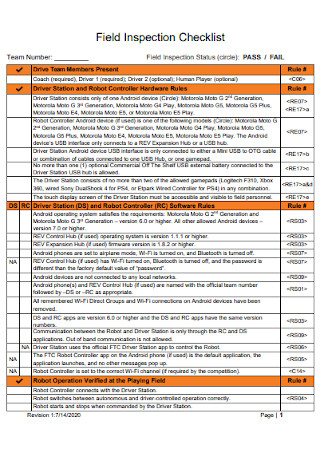
Field Pre-Trip Inspection Checklist
download now -
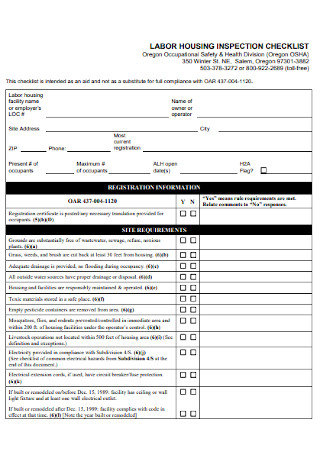
School Bus Inspection Checklist
download now -
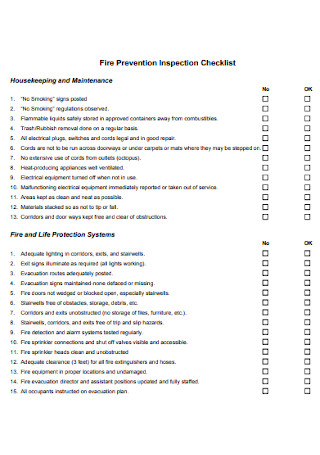
Forklift Inspection Checklist
download now -
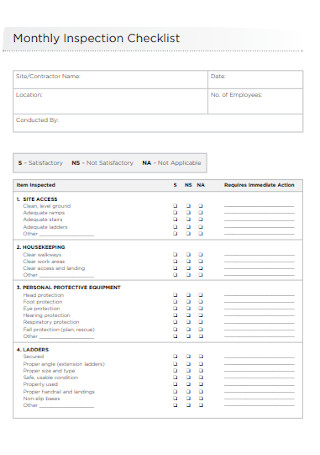
Monthly Inspection Checklist
download now -
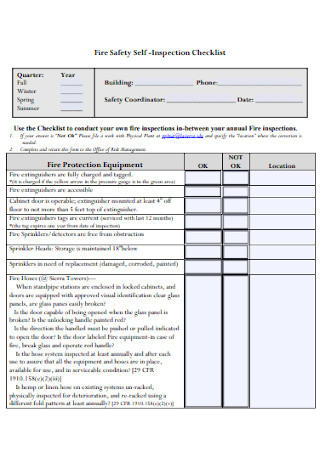
Apartment Inspection Checklist
download now -
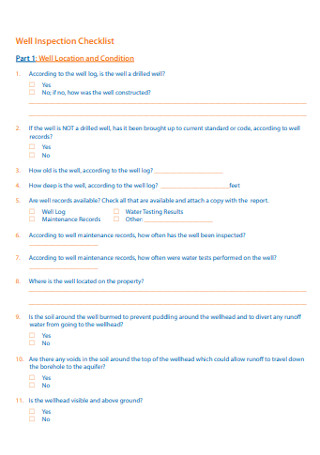
Sample Well Inspection Checklist
download now -

Daily Inspection Checklist
download now -
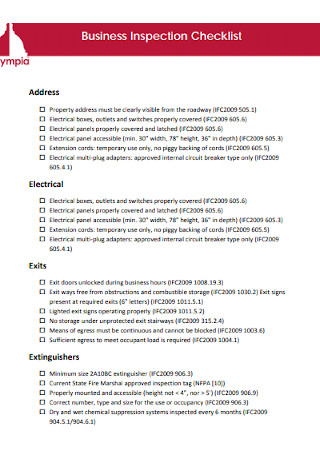
Business Inspection Checklist
download now -
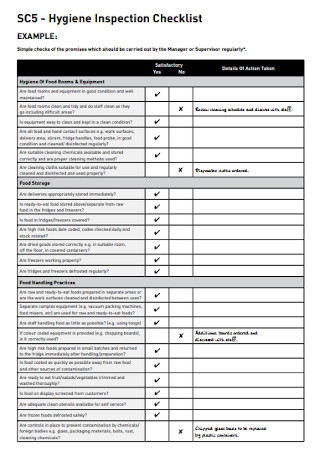
Hygiene Inspection Checklist
download now -
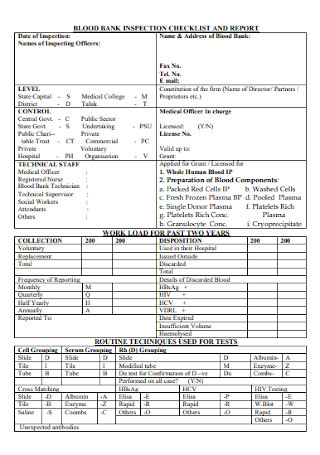
Blood Bank Inspection Checklist
download now -
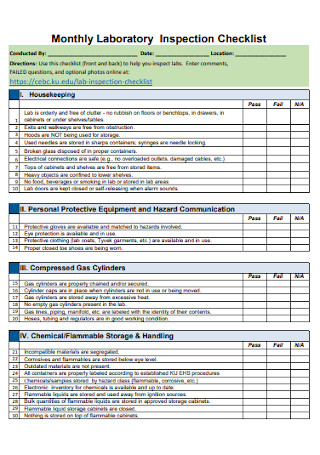
Monthly Laboratory Inspection Checklist
download now -
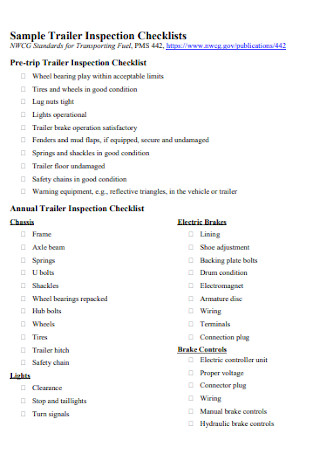
Sample Trailer Inspection Checklists
download now -
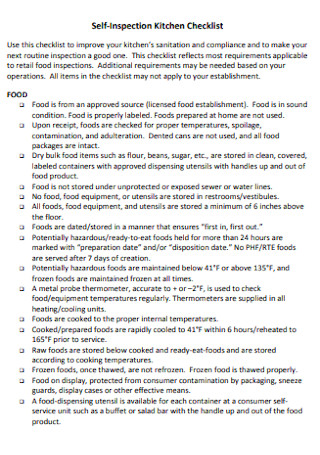
Fire Extinguisher Inspection Checklist
download now -

Excavator Inspection Checklist
download now -
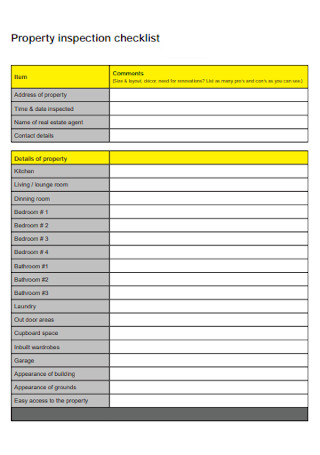
Property Inspection Checklist
download now -

Roof Inspection Checklist
download now -
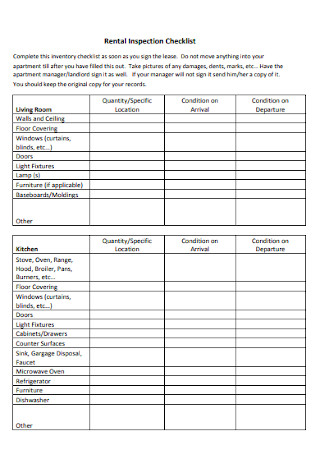
Rental Inspection Checklist
download now -
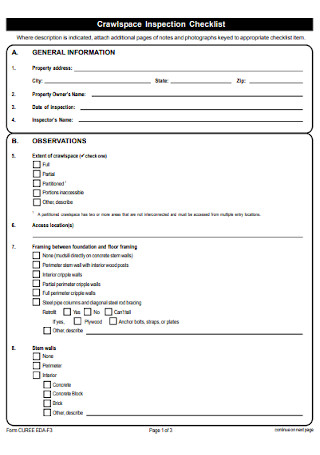
Fabrication Inspection Checklist
download now -
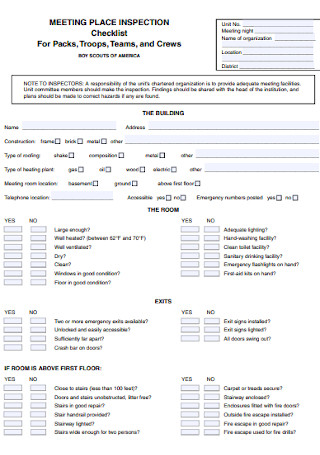
Property Manager Inspection Checklist
download now -

Fire Hose Inspection Checklist
download now -
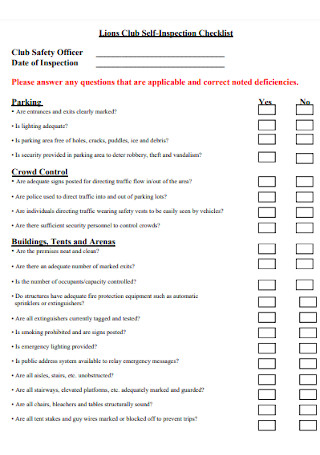
Hotel Self-Inspection Checklist
download now -
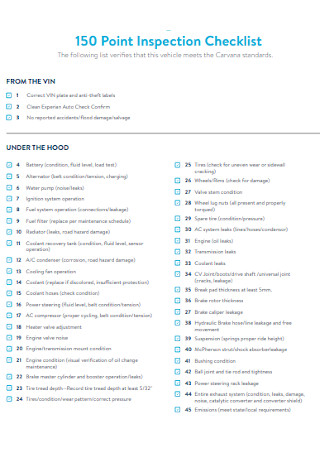
Room Inspection Checklist
download now -
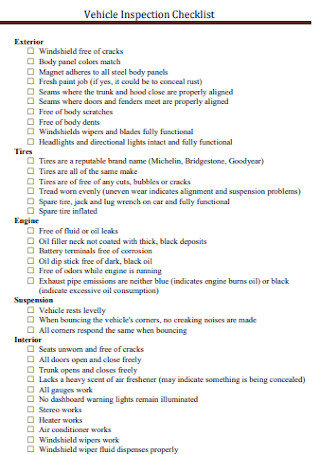
Vehicle Inspection Checklist
download now -

Car Inspection Checklist Template
download now -
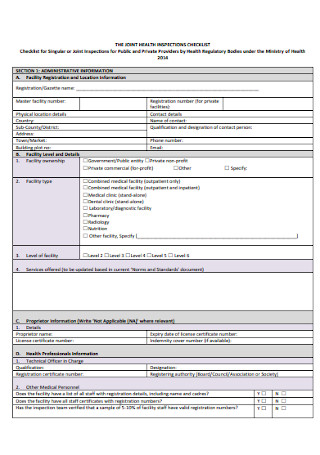
Health Joint Inspection Checklist
download now -
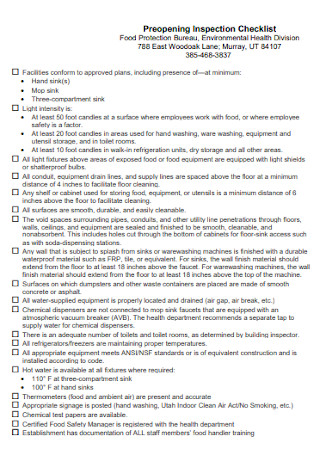
Preopening Inspection Checklist
download now -
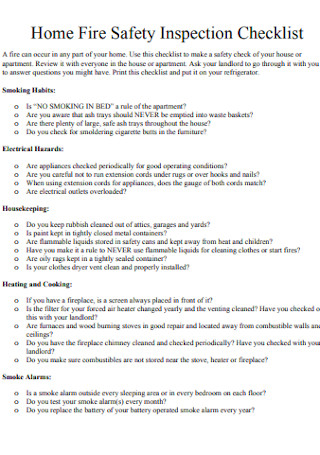
Home Fire Safety Inspection Checklist
download now -

Monthly Inspection Checklist Example
download now -

Robot Inspection Checklist
download now -
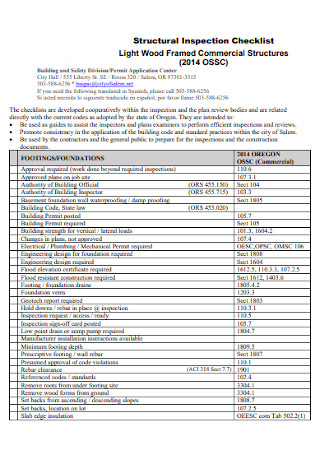
Structural Inspection Checklist
download now -
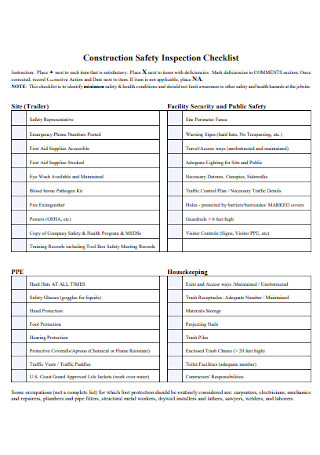
Construction Safety Inspection Checklist
download now -
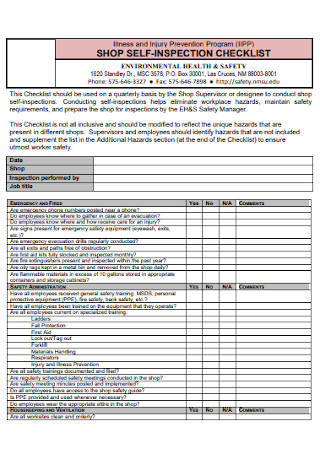
Shop Self-Inspection Checklist
download now -

Vehicle Insurance Inspection Checklist
download now -

Jobsite Safety Inspection Checklist
download now -
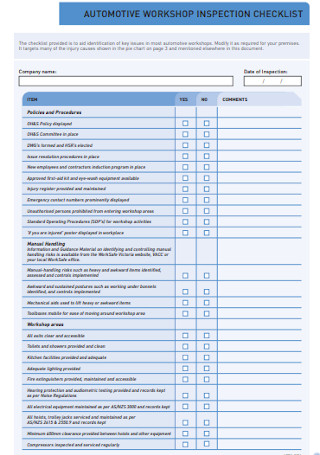
Automotive Workshop Inspection Checklist
download now -

Facility Safety Inspection Checklist
download now -
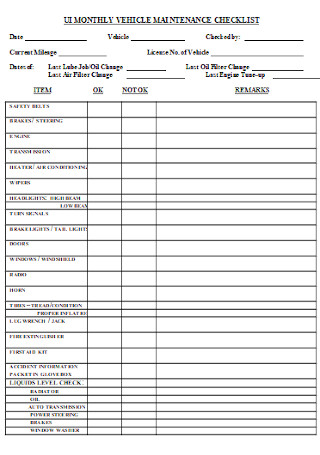
Vehicle Maintenance Inspection Checklist
download now -
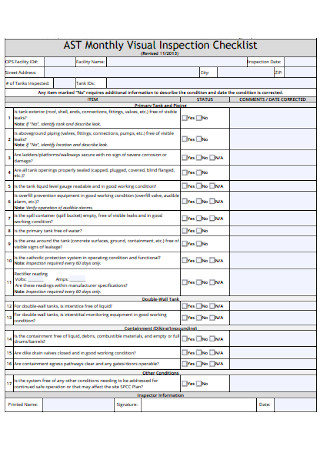
Monthly Visual Inspection Checklist
download now
FREE Inspection Checklist s to Download
71+ Sample Inspection Checklists
What Is an Inspection Checklist?
The Significance of Performing Inspections Regularly
Parts of an Inspection Checklist
How to Make a Standard Inspection Checklist
FAQs
What are the common areas to inspect in a general inspection?
What are the most important components of a workplace’s self-inspection program?
What are the types of quality inspections?
What Is an Inspection Checklist?
An inspection checklist is a piece of document that you can use to inspect a variety of subjects. It is basically a list of items arranged in order for you to be guided on how to inspect something or someone, may it be a car, air compressor, apartment, restaurant, or even an employee. And those who handle inspection services commonly benefit from this so inspectors become aware of the criteria or metrics of what to specifically inspect. The same goes for keeping track of every inspection activity until the whole service is done.
It has been reported that the standard industry must cover regular inspections at least monthly or quarterly.
Meanwhile, Statista noted that the building inspection services’ revenue in America is expected to reach $3.417,9 million by 2024.
Why Should You Use an Inspection Checklist?
Inspection checklists are valuable to ensure you comply and evaluate various subjects thoroughly. An inspection checklist or sheet is even beneficial for inspectors to conduct the proper assessment forms. And thanks to these sample checklists, assessors can be more organized with their tasks. The same goes for observing accountability in terms of doing the inspections followed in a written document. On another note, the inspection checklist brings confidence that something or someone has complied with the standards being assessed. And lastly, this sheet takes into account the detailed documentation on how inspections were performed.
The Significance of Performing Inspections Regularly
Indeed, using an inspection checklist is helpful. But why the need to perform inspections on a regular basis though? First of all, it is not useless considering that building inspection services in the US even expect a revenue up to $3.417,9 million by 2024. Clearly, lots of businesses pay for building inspections. Also, that is just for the building sector so there are other inspections out there too. So in this section, find out the significance of conducting inspections regularly.
Parts of an Inspection Checklist
You already know an inspection checklist’s meaning, importance, and benefits. But what exactly does this checklist contain? There are crucial elements to expect in the inspection checklist. And it contains the following parts:
How to Make a Standard Inspection Checklist
Are you ready to form your own inspection checklist? Rest assured, the procedure is not that complicated, particular with samples available to customize anytime. Also, it is through making and following the checklist that you will learn to apply all the knowledge you gained from the information given earlier. So without further ado, here are the steps to create a standard inspection checklist:
Step 1: Identify What to Inspect and Why It Is Necessary
The need to inspect varies from one example to another. It can be as simple as a bathroom toilet inspection down to a complex construction worksite inspection. Whatever your reason for the inspection is, be sure to focus on it well since it will be your inspection checklist’s title and purpose. If you are still unsure of what to inspect, then focus on why you think inspecting is needed first. That way, you can finalize your inspection smart goals and tailor them to the inspection checklist later on.
Step 2: Brainstorm for the Necessary Items and Subjects to Inspect
Now that you understand your purpose or reason, proceed to brainstorm all the possible activities, services, tasks, items, and subjects to inspect. This will let you identify your task list and have them arranged soon to be guided on what to do first until the last part of the inspection. A tip is to come up with categories so you will not be confused. You can have one category focusing on workplace equipment inspection checklist, another category for workers’ productivity inspection, and others. The rest is up to you.
Step 3: Use a Sample Inspection Checklist
Crafting inspection checklists shortly is made possible with sample inspection checklists. Have you checked each sample template listed above already? Check them out until you can select your desired sample to work with. Each sample is premade so you need not start from the very beginning. Just fill out the missing details and you can slowly complete the finishing touches. And the best part is you can edit and print anytime. Your only concern is to be sure that all details inputted there are correct.
Step 4: Complete the Parts of an Inspection Checklist
From the title and purpose down to the notes, be sure you have incorporated all the essential parts of an inspection checklist in your document. Those elements are what completes the inspection checklist anyway. You should have prepared the appropriate criteria already. And the same thing applies to adding the expected checkboxes for each item enlisted. Also, you can organize the details to achieve easy-to-read information sheet.
Step 5: Edit the Checklist for an Easier Approach
Considering that the samples are customizable, you can edit quickly and easily for sure. Take charge whether you want the MS Word format or maybe via PDF. Or perhaps, you plan on printing the checklist or just save a soft copy for your gadget only. Hence, there is room to add creativity to the list in case you are not accustomed to standard-looking checklists.
Step 6: Stick to the Checklist and Note Some Recommendations
The challenging part would be to stay responsible in following the checklist. In short, stick to the plan. A checklist should make it easier for you to be guided on what must be done from the start until last anyway. And you can also assign other inspectors if the job cannot be done by one person only. Also, do not forget to add recommendations. So while you are inspecting, you can add recommendations on how to inspect even better for future purposes.
FAQs
What are the common areas to inspect in a general inspection?
For general inspections, you must include inspecting these areas: environment, building, electrical, fire, hazards, protective equipment, storage, first aid kits, controls, and other tools.
What are the most important components of a workplace’s self-inspection program?
According to the Occupational Safety and Health Administration (OSHA), workplace self-inspections should have a workplace inspection checklist, inspection schedule, responsibility for abatement, records of findings, and proper monitoring of hazards on a periodic basis.
What are the types of quality inspections?
It is known that there are three major types of quality inspection. And they are the pre-production, in-line, and final inspection.
If you can use an inspection checklist correctly, there is enough assurance that you can inspect and assess your subjects comprehensively. But sometimes, what causes failure may be due to how the document is poorly made. And this is where sample inspection checklists are relevant—your best guides to work on inspections smoothly. With editable and ready-made printable samples, you won’t have to start from scratch. Download and inspect now!
